Share the post "How to Cover a Cast for Soccer (A Complete Guide)"
Injuries are common in the game of soccer. In some cases, injuries can be so bad that you fracture a bone, which you will require a cast for it to heal. Ideally, it would be best not to play another game until you recover fully.
However, if you must play a game with an arm cast, you could cover it adequately to prevent further injuring yourself or accidentally hurting other players. Therefore, you can learn how to cover a cast for soccer here.
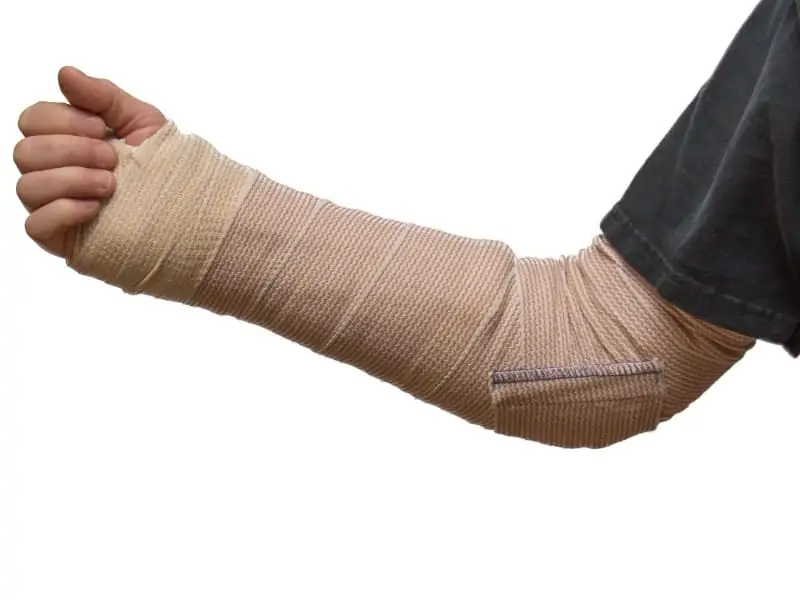
You always check with your soccer league first before attempting to play with a cast on. Some leagues do not permit players to do so, even if you wrap it up correctly. In that case, you must sit out that game and recover first. However, if you can cover an arm injury, you will need the following materials.
- Bubble wrap or foam
- An elastic bandage
- Medical tape or packing tape
Knowing how to wrap a cast for a soccer game effectively won’t only help you participate in a game. It will also allow you to play without fearing it falling apart as you sweat during the game.
Therefore, this article will explore the following:
- A step-by-step process on how to cover a cast for a soccer
- Why it’s important to wrap your cast
- Tips when covering a cast on your arm for a game
If you’re ready to play in a big soccer game, even if you have an arm injury with a cast on, then learn to cover it up correctly to play safely and without worry.

Steps Involved with Covering a Cast for Soccer?
It’s best to educate yourself on how to cover a cast for soccer so that you’re not a liability to your team by playing with an injury. Here’s an overview of all the steps of wrapping up your cast.
Gather the Appropriate Materials
Ensure you have materials that will provide you and other players with appropriate safety when you play a soccer game with a cast on your arm.
Get Bubble Wrap, Foam, or Another Similar Material
The best material that you can use to maximize safe is a sheet of bubble wrap that’s at least 0.5 inches thick. You could also replace that with foam or any other similar material. You should also make sure that the width of the bubble wrap roll is more than that of your cast.
This way, you won’t need to create unevenness as you try to cover one part and the other using two separate pieces of bubble wrap.
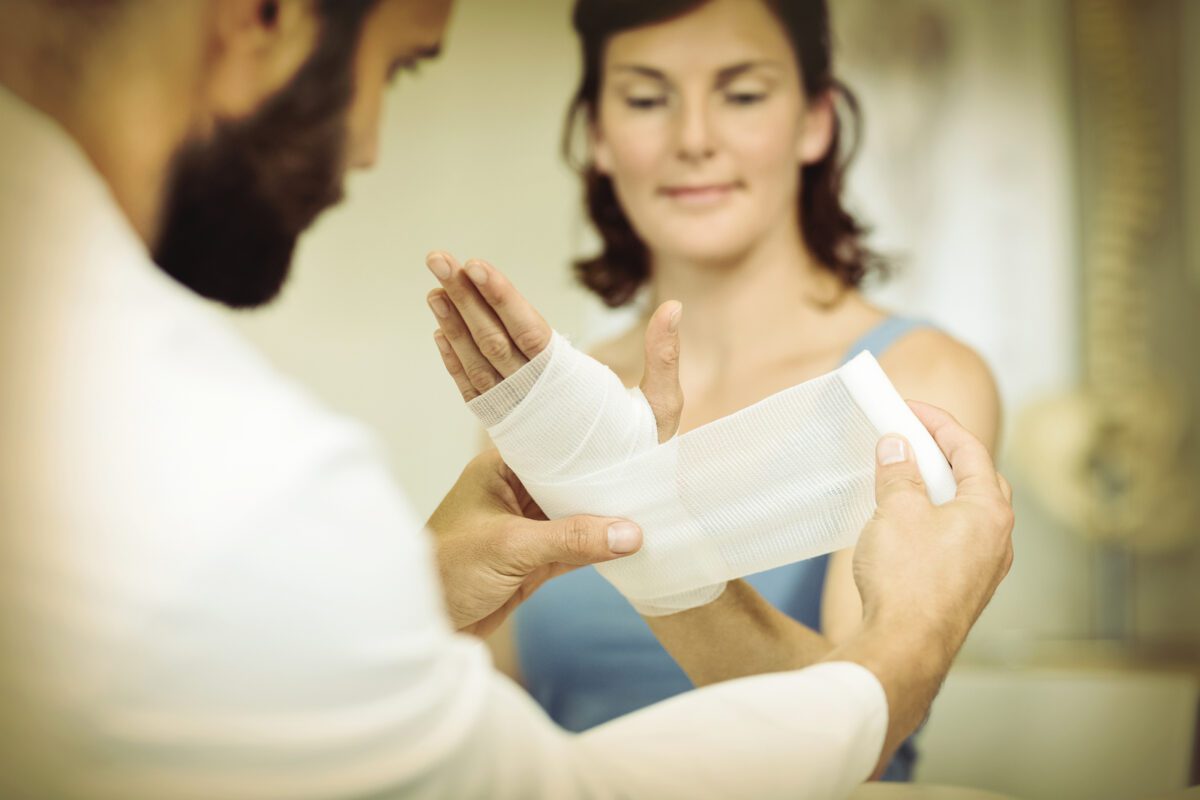
Get an Elastic Bandage
In addition to the wrapping material, you’ll need some elastic bandages to hold the wrap into place. Some self-adhesive elastic bandages can stick to your cast with ease. This will make it easier for you to wrap the bubble wrap or foam without letting it get loose while trying to secure it.
1. Get Medical Tape or Packing Tape
The adhesive on elastic bandages can start to fall because of your sweat and the sweat of other players crashing into you. Dirt and other elements from the game can also contribute to this. So, some medical or packaging tape pieces will keep everything in place.
2. Cut the Bubble Wrap’s Width to match your Cast’s Width
Now, the second step of how to cover a cast for soccer is arguably the most important one. This is because it will ensure that your entire cast is covered with no exposed areas.
So, measure your cast’s width and cut the bubble wrap to about an inch over that width. A slightly wider bubble wrap will provide more margin for error. Make sure not to cut the length of the bubble wrap yet.
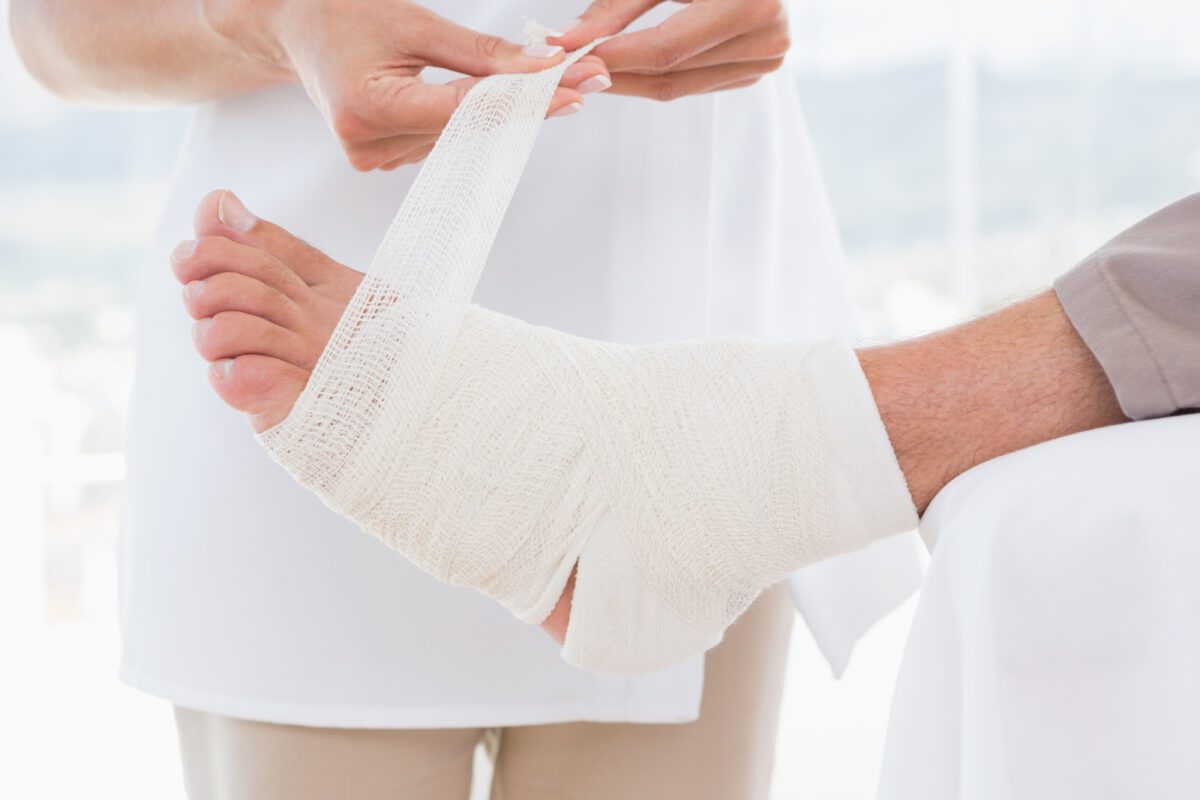
3. Cover Your Cast with the Bubble Wrap or Foam
The next part of covering a soccer cast is to wrap it with bubble wrap or foam. Hold one end of the bubble wrap on your cast and place a piece of medical tape there. This way, the wrap won’t move around while you go around the case several times.
If you’re using a thickness of bubble wrap or foam that’s 0.5 inches, you should cover it about 6 to 7 times. You can expect it to be soft and cushiony, preventing potential threats to you and other players.
4. Add Tape in the Appropriate Areas
It would be best if you placed some medical or packing tape at the end of the final layer of bubble wrap.
This will ensure the roll doesn’t open. Next, run some tape along the bubble wrap’s edge (or seam) to add tape to the wrap and cast. As a result, it will stay in place on the cast.
Product: Updated 2024-10-14 | Images: Amazon Product Advertising API | #ad - soccerblade.com is an Amazon Associate
5. Apply Elastic Bandage All Over the Cast
You can finish off this process by applying (with medium roll tension) elastic bandages on every part of the cast. Please make sure all of it is covered for maximum safety. After that, stick a few pieces of tape to keep the elastic bandage in place so the wrapping doesn’t come off during the game.
6. Get a Doctor to Approve Your Condition
You will need a doctor to sign a release form indicating that you have securely covered the wrapping properly and are fit to play in the soccer game with the cast. Provide this release form to your game’s referee before the game.
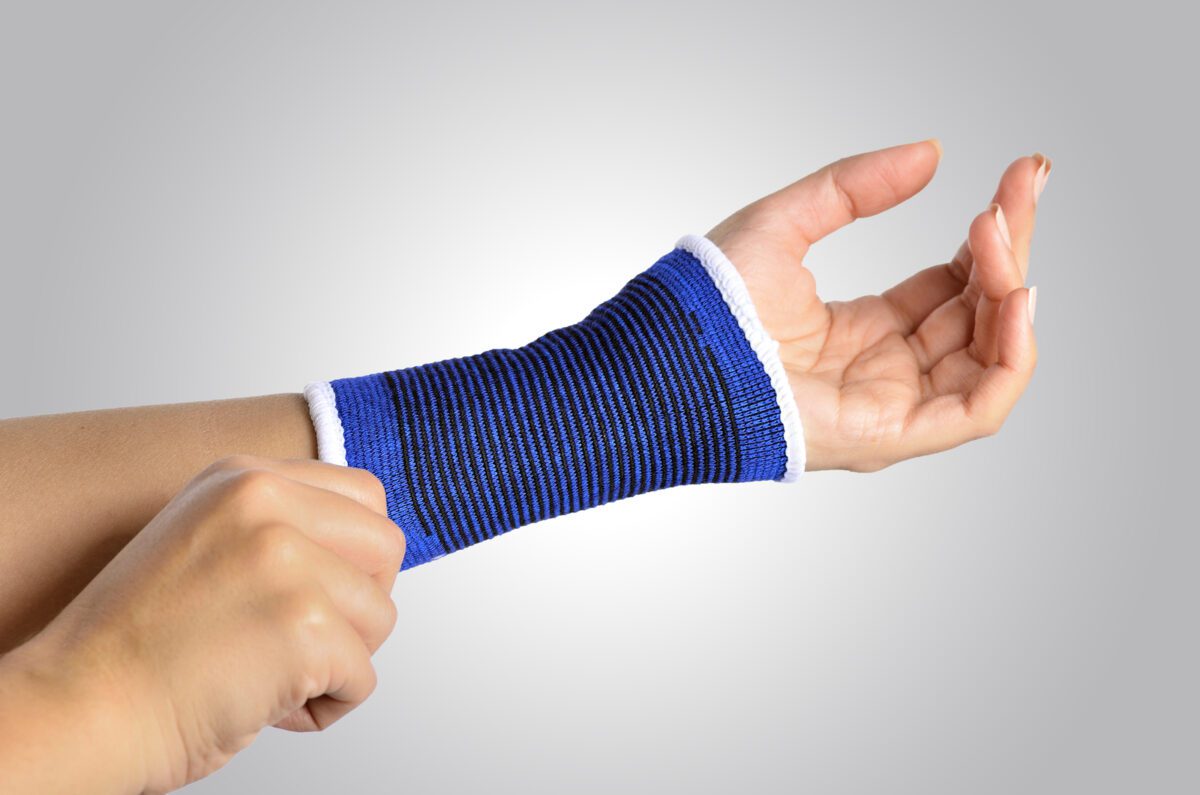
Additional Support
When playing sports like soccer with a cast, additional measures can be taken to provide extra support and cushioning. These measures not only protect the cast and the injury but also help in safeguarding other players. Here are some recommendations for additional support:
1. Padded Sleeves:
- Purpose: Padded sleeves can be worn over the cast to provide a cushioning layer.
- Material: Look for sleeves made from high-density foam or other impact-absorbing materials.
- Fit: Ensure the sleeve fits snugly over the cast without causing pressure or restricting circulation.
2. Braces and Supports:
- External Braces: An external brace can sometimes be worn over the cast for added stability.
- Adjustable Straps: Choose braces with adjustable straps for a secure and comfortable fit.
- Consult a Professional: Before using any brace or support, consult with a healthcare provider to ensure it’s appropriate for the type of injury and cast.
Product: Updated 2024-10-14 | Images: Amazon Product Advertising API | #ad - soccerblade.com is an Amazon Associate
3. Protective Gear:
- Impact Guards: Consider wearing impact guards in areas not covered by the cast, especially in a contact sport like soccer.
- Custom Solutions: Some companies offer custom solutions to create protective gear that fits over casts.
4. Compression Gear:
- Compression Sleeves: These can be worn on other body parts to support and improve circulation, benefiting overall physical performance.
While covering the cast with a padded sleeve or brace can offer extra protection, it’s important to balance safety with the healing process. Always prioritize the advice of medical professionals and consider the risks involved in playing soccer or engaging in other physical activities while injured.
The goal should be to protect the injured area and other players, ensuring a safe and enjoyable sporting environment.
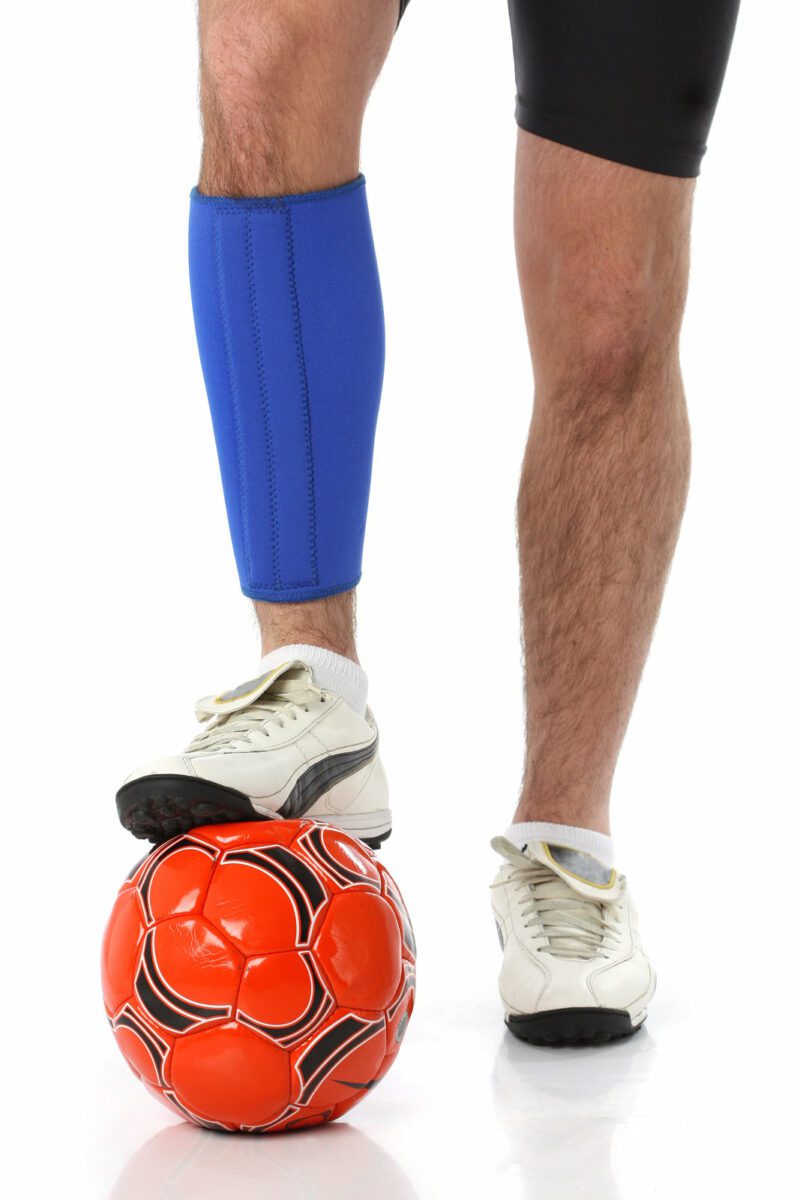
Why It’s Important to Wrap Your Cast for a Soccer Game
If you still doubt why wrapping a cast is taken so seriously in soccer games, here’s what you must know.
Protecting Other Players
Your cast is made of plastic and fiberglass, for those who don’t know. This is because it’s designed to support your fractured bones by providing rigid support that cannot bend.
Therefore, the cast is tough and can easily hurt another player if you collide with them with your cast. In turn, you could severely injure the player, and game officials are aware of that. That is why soccer officials have made it so important for players to wrap their casts properly.
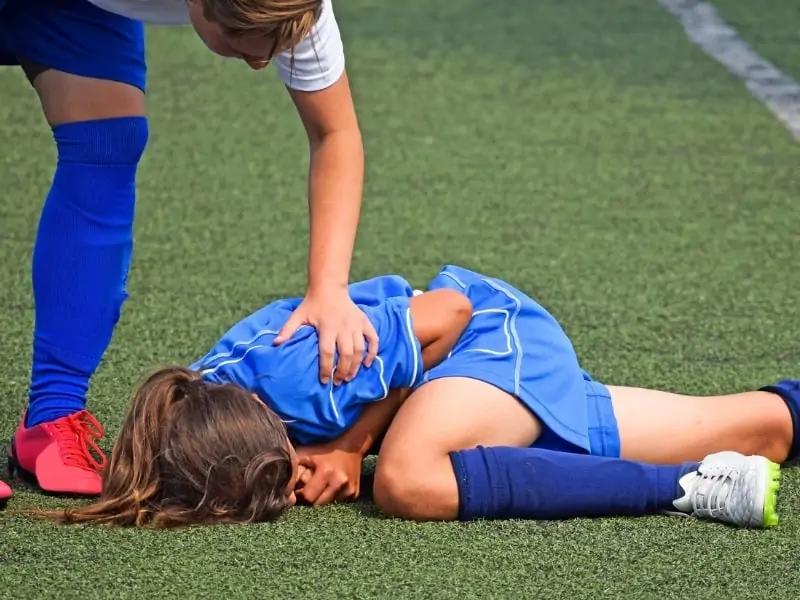
Referees Inspect the Cast Wrapping Before Playing
The referee will inspect your cast wrapping before the game. You’ll only be permitted to play if you have wrapped it securely and in a way that won’t put yourself or other players at risk.
The referee will also prevent you from playing if any part of your cast is exposed. You must check your cast from all angles to ensure it’s adequately covered. It would be best to remember that game officials prioritize other players’ safety before yours, so ensure your referee is satisfied with the wrapping.
Protecting Yourself from Further Injury
It’s important to remember that you’re playing an intensive sport with an existing injury. So, there’s always a risk that you could make that injury by participating in the game.
That is why you should take utmost precaution from putting yourself in further harm. If you fall to the ground with your cast on your arm, breaking the fall could damage the cast or cause your fracture to lose its setting.
The bubble wrap, on the other hand, will provide a cushioned surface that can help reduce the impact of the collision, i.e., your arm and the ground.
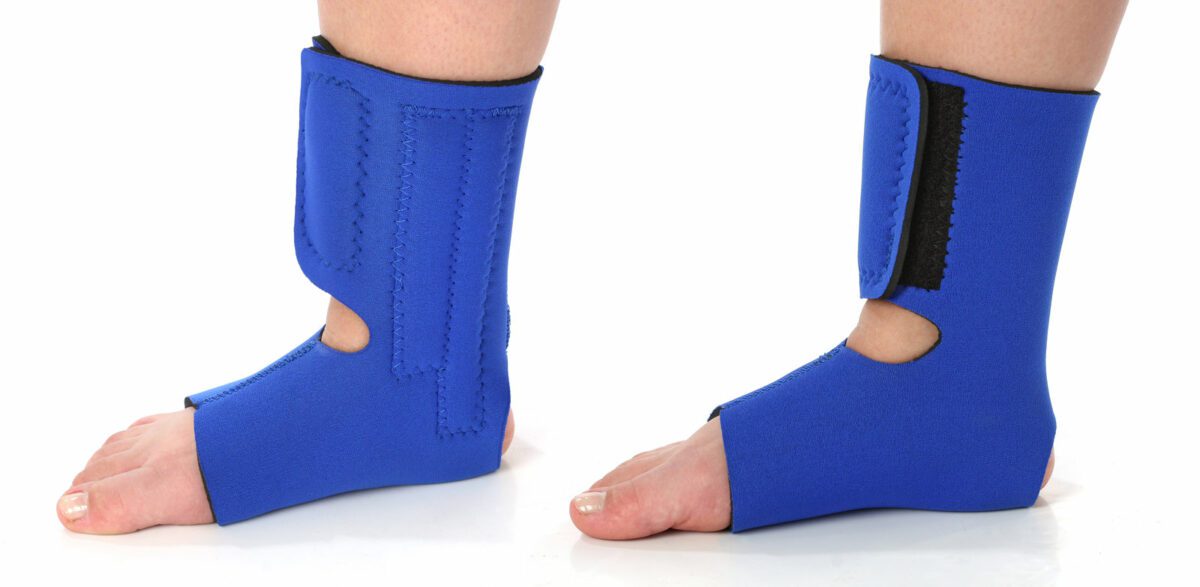
Tips to Keep When Using a Cast in Soccer
In addition to knowing the basics of how to over a cast for soccer, there are some tips you could follow to get you to perform at your best on the field. Keep the following in mind.
Use a Breathable Material for the Cover During Summer
While bubble wrap and foam are excellent materials for cushioning your cast, they are dense. What this means is that they can trap heat effectively. So, if you have several layers of bubble wrap or foam over your cast during summer, you may sweat a lot on your injured arm.
This could be uncomfortable for you and cause the wrap to slip off. In that case, you could use a more breathable material like fabric. Just make sure to consult your referee beforehand so that you meet their safety requirements as well.
Feel Comfortable Playing
It’s good to know how to over a cast for soccer, but you should only try it if you meet the following conditions:
- You feel fit enough to play with a cast on
- Your cast is on your arm (arms)
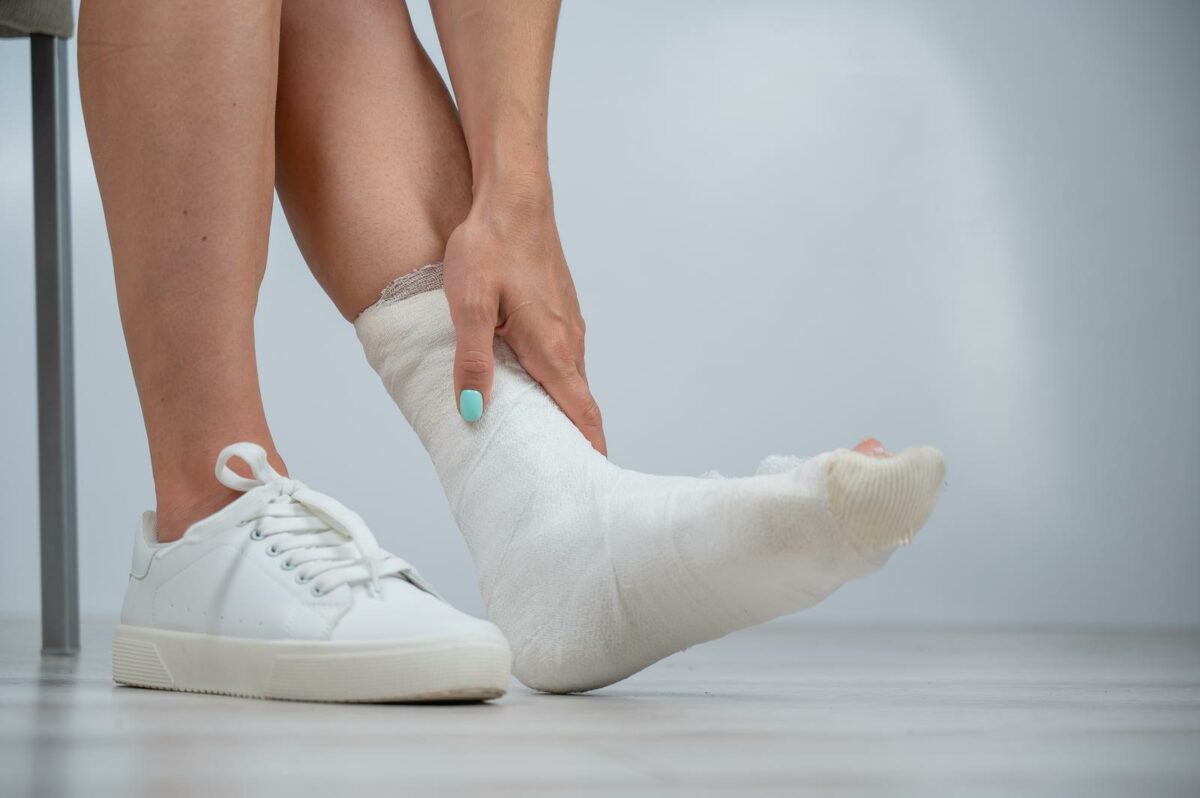
Care and Maintenance
Proper care and maintenance of a cast are crucial for comfort and hygiene, especially for an active individual who might want to engage in activities like soccer. Here are some guidelines and tips for taking care of a cast:
1. Keeping the Cast Dry
- Avoid Water: Keep the cast away from water. Use a waterproof cover or plastic bag during showers or baths.
- Sweat Management: After activities that cause sweating, use a hairdryer in a cool setting to blow air into the cast for drying.
2. Cleaning Techniques
- Surface Cleaning: Wipe the outside of the cast with a damp cloth to clean. Avoid soaking it.
- Odor Control: Sprinkling a small amount of baking soda outside can help absorb odors.
3. Preventing Irritation or Discomfort
- Avoid Inserting Objects: Never insert objects into the cast to scratch an itch, which can cause skin irritation or damage the cast.
- Skin Care: Check for any signs of irritation or redness around the edges of the cast. Use a soft material like moleskin to pad the edges if necessary.
- Elevation: Elevate the casted limb when possible to reduce swelling.
4. Cast Padding and Liners
- Padding Maintenance: If the cast has padding, ensure it stays clean and dry. If it gets wet or very dirty, contact a healthcare provider.
- Liners: Some casts have removable liners that can be washed. Follow the specific instructions for care if applicable.
Product: Updated 2024-10-14 | Images: Amazon Product Advertising API | #ad - soccerblade.com is an Amazon Associate
5. Monitoring for Complications
- Regular Checks: Inspect the skin around the cast for signs of pressure sores or severe irritation.
- Swelling or Pain: If there is increased pain, swelling, or a feeling of tightness, seek medical advice, as the cast may need adjustment.
6. Activity Considerations
- Limit Strenuous Activities: While the cast is on, limit activities that might cause the cast to become wet or excessively dirty.
- Rest Periods: Incorporate rest periods into your day to elevate and give the casted area a break.
7. Professional Advice
- Regular Follow-ups: Have regular follow-ups with a healthcare provider to ensure the cast is in good condition and the injury is healing properly.
- Immediate Attention: If there are any issues with the cast (e.g., it becomes loose, too tight, or damaged), seek immediate medical attention.
Conclusion:
Taking care of a cast requires diligence, especially for someone physically active. Keeping the cast dry, clean and well-maintained is important to prevent complications. Always follow the advice of healthcare professionals and prioritize the healing process to ensure a safe and speedy recovery.
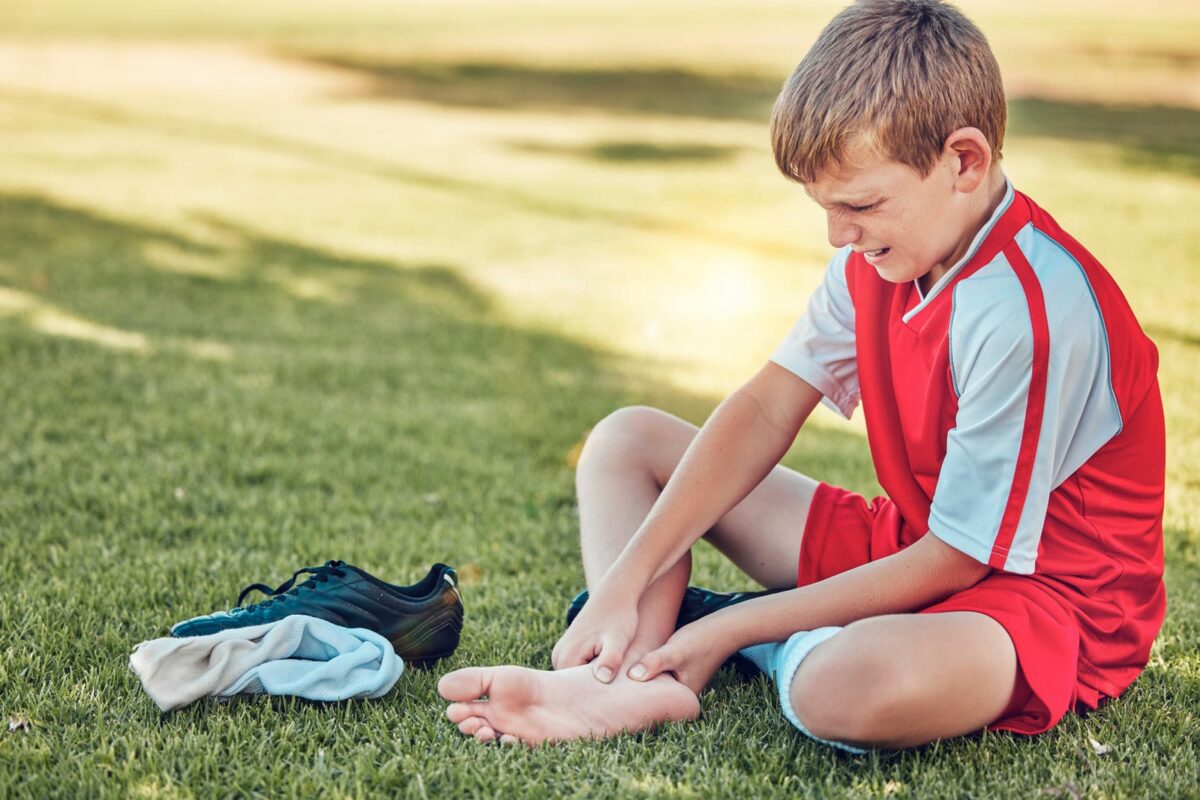
Safety Precautions when Playing with A Cast in Soccer
When considering playing soccer with a cast, it’s crucial to understand the potential risks and take appropriate safety precautions. Here are key points to consider:
Potential Risks and Dangers:
- Increased Injury Risk: Playing with a cast can increase the risk of aggravating the existing injury or causing a new one, both to the player wearing the cast and to others.
- Impaired Mobility: A cast can limit mobility and balance, affecting the player’s ability to participate in the game safely.
- Impact on Others: A hard cast can be a hazard in a contact sport like soccer, posing a risk of injury to other players during tackles or collisions.
Safety Precautions:
- Medical Consultation: Before considering playing with a cast, it’s imperative to consult with a healthcare professional. They can assess whether it’s safe to play and what additional precautions might be necessary.
- League and Team Policies: Check the specific rules and policies of the soccer league and team. Many leagues have strict guidelines about playing with a cast.
- Cast Padding: The cast should be adequately padded if cleared to play. Specialized soft padding can cover the cast, reducing the risk of injury to the player and others.
- Referee Approval: In organized soccer, the referee must approve any cast or protective gear before the player is allowed to participate in a game.
- Gradual Return: If returning from an injury, it’s important to gradually ease into play, starting with light training and drills before participating in full games.
- Monitor for Discomfort: The player should be closely monitored for any signs of discomfort, pain, or further injury during play.
- Consider Non-Contact Activities: Depending on the nature of the injury and the type of cast, it might be safer to engage in non-contact soccer activities, such as passing drills or goalkeeping, rather than full games.
Remember, the safety of yourself and others should always be a top priority. If you are unsure about playing with a cast or have concerns, seek advice from a medical professional. They can provide personalized guidance based on your specific injury and recovery process.
Share the post "How to Cover a Cast for Soccer (A Complete Guide)"
Joel is a seasoned soccer journalist and analyst with many years of experience in the field. Joel specializes in game analysis, player profiles, transfer news, and has a keen eye for the tactical nuances of the game. He played at various levels in the game and coached teams - he is happy to share his insight with you.












